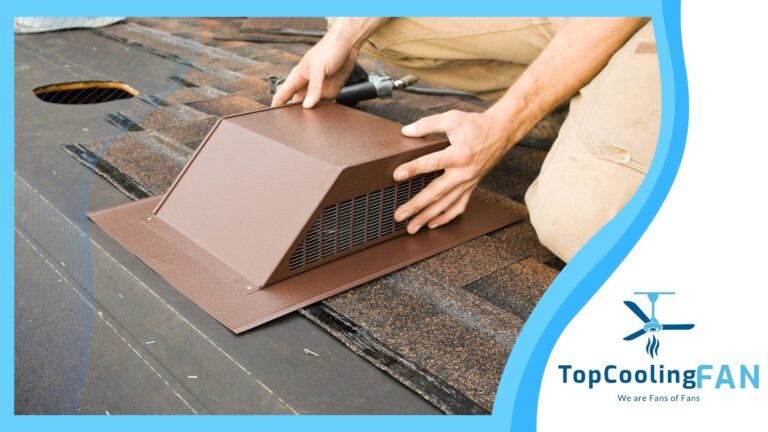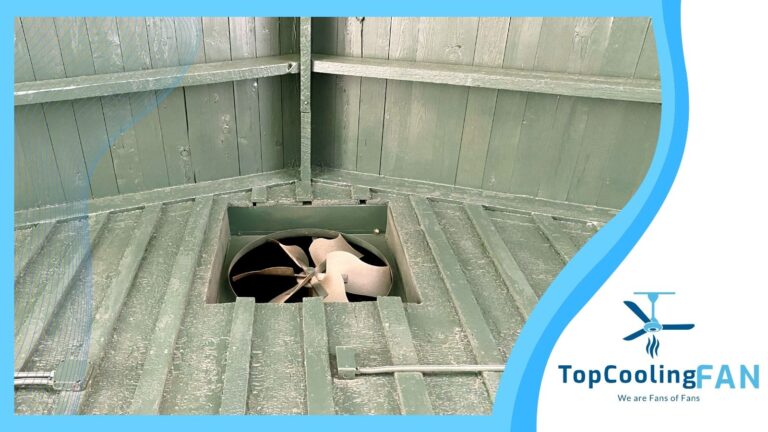Optimal Attic Fan Temperature Settings for Efficiency
Managing the temperature within your home is vital for comfort, efficiency, and the preservation of structural integrity.
An attic fan plays a crucial role in this by improving ventilation and regulating the heat that naturally accumulates under the roof.
Without proper management, attic temperatures can soar, leading to increased home cooling costs and potential deterioration of roofing materials over time due to excessive heat.
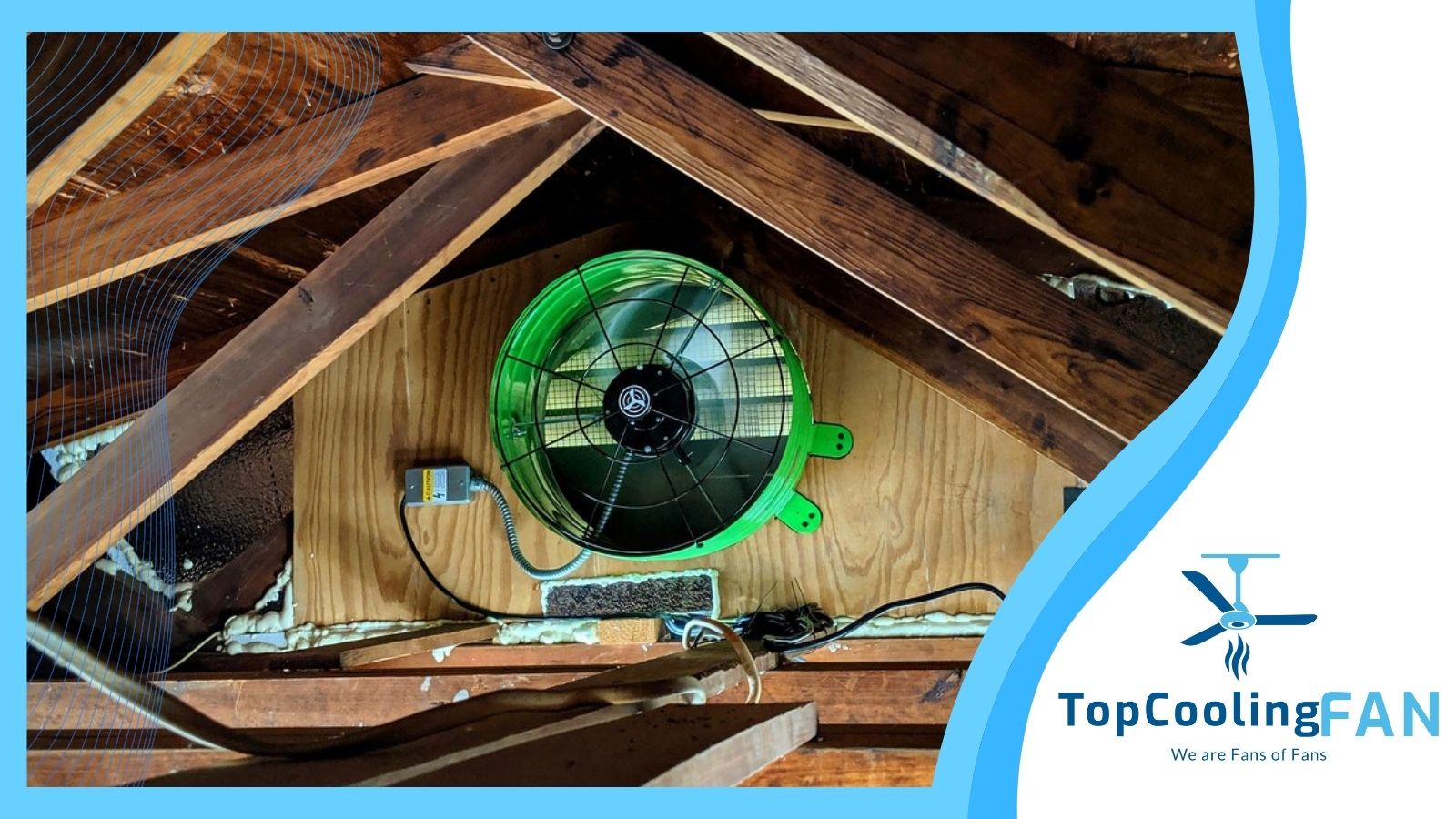
The effectiveness of an attic fan is largely dependent on setting it to the appropriate temperature.
Most professionals recommend a thermostat setting between 90 to 110 degrees Fahrenheit, which helps to create a balance between the attic and exterior temperatures.
Adjustments within this range can optimize the fan’s operation, preventing the attic from reaching excessive temperatures that could contribute to heat build-up in living areas below.
Homeowners should take into account their specific climate and weather conditions when setting their attic fan’s thermostat.
In areas with higher external temperatures, settings might skew towards the higher end of the recommended range to keep the fan from running incessantly.
This strategy can not only extend the lifespan of the fan but also contribute to energy savings by ensuring the fan operates only when necessary to maintain the desired attic conditions.
Understanding Attic Fans
Attic fans are integral components of a home’s ventilation system, designed to regulate the temperature and humidity within attic spaces. Proper use of these fans prevents a host of issues and contributes to an energy-efficient home.
Purpose of Attic Fans
The primary function of attic fans is to remove hot, stale air from the attic and draw in cooler outside air through attic vents. This process helps maintain an optimal temperature and prevent excessive humidity, which can lead to mold growth and structural damage.
Attic fans operate on a thermostat, automatically turning on or off based on the attic temperature, which ensures the space does not reach damaging heat levels.
Types of Attic Fans
There are mainly two types of attic fans: gable and roof-mounted.
Gable fans are installed in the gable vent of an attic and push the hot air out. On the other hand, roof-mounted fans are placed on the roof and directly expel hot air from the attic.
There are also solar-powered options, which are considered more energy-efficient as they harness the sun’s energy to operate.
Regardless of the attic fan model, ensuring proper attic ventilation is crucial for the effectiveness of the fan and the overall health of the home.
Attic Temperature and Home Comfort
In managing home comfort, the role of an attic’s temperature is pivotal; it not only influences living spaces but also affects the structural integrity of a house.
Impact of Attic Temperature on Living Spaces
Temperature fluctuations in an attic directly impact the comfort of living spaces below.
During summer months, excess heat can accumulate in poorly ventilated attics, turning them into hot zones. This heat can seep into living areas, causing air conditioning systems to work harder and increasing energy bills.
Moreover, in winter, warm air rising from the living space to a cold attic can lead to the formation of ice dams if there’s inadequate insulation.
Controlling the attic temperature through proper ventilation and setting an ideal temperature for attic fans can thus maintain a desirable climate in the home.
Ventilation and Airflow
Effective ventilation ensures that warm air is not trapped within the attic, aiding in moisture control and preventing rot and damage to stored belongings.
Proper airflow can be achieved by setting attic fans to operate when the attic temperature surpasses a certain threshold, usually between 90 and 110 degrees Fahrenheit, according to Attic Fan Temperature Settings.
This helps to keep the attic cool and, as a result, contributes to lower temperatures in living areas.
Additionally, setting a humidistat to around 50% can assist in effective moisture control by activating the fan if humidity levels rise too high, preventing excessive moisture which could otherwise lead to mold and mildew growth.
Ideal Temperature Settings
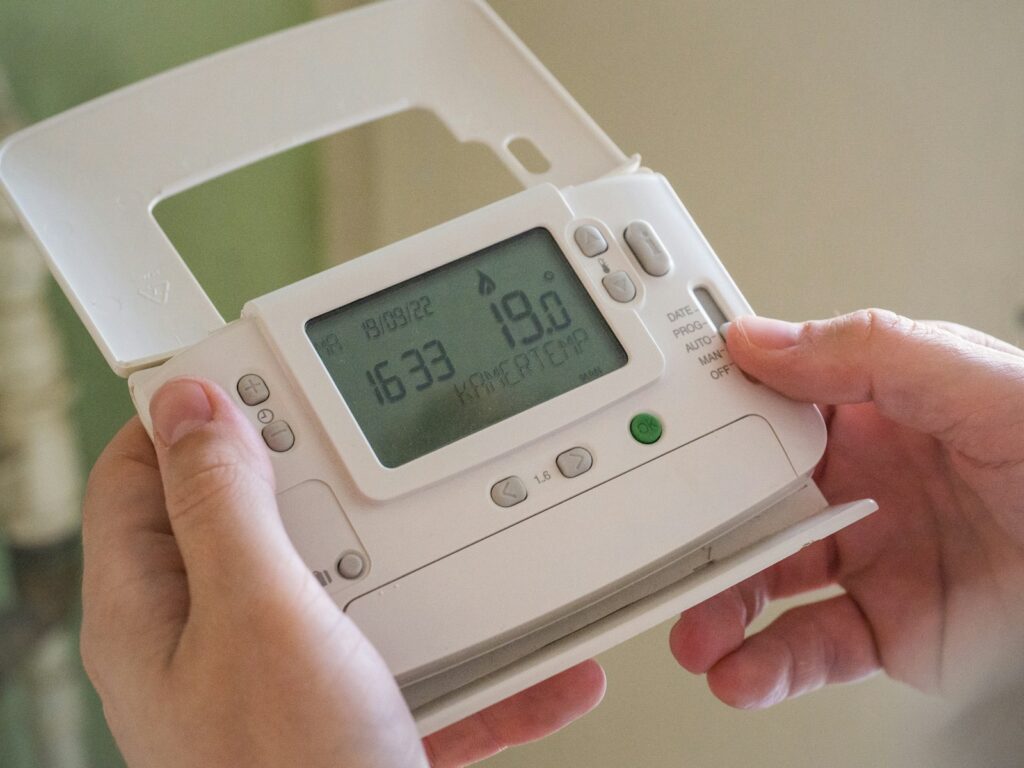
Properly setting the temperature for an attic fan is crucial for maintaining an ideal climate in one’s home. It contributes to both energy efficiency and the longevity of the roofing materials.
Attic Fan Temperature Setting
The optimal attic fan temperature setting generally falls between 90° and 110° Fahrenheit.
This range can help prevent excessive heat accumulation in the attic space. The exact setting within this range may vary depending on the local climate; in hotter regions, the setting might need to be at the higher end to be effective.
Adjusting Thermostat Settings
When adjusting thermostat settings, homeowners should aim to match the attic temperature closely to the outside temperature.
This alignment aids in the attic fan working efficiently.
For areas with higher humidity levels, it’s also advisable to set a humidistat—typically around 50%—to manage moisture effectively.
Regular monitoring and adjustments ensure the thermostat maintains the ideal attic temperature for one’s specific environment.
Energy Efficiency and Cost Savings
Setting an attic fan to the appropriate temperature can significantly impact a home’s energy efficiency and lead to substantial cost savings.

Reduction in Energy Usage
An attic fan that is set between 100 to 110 degrees Fahrenheit optimizes the use of the HVAC system by maintaining a stable attic temperature.
This temperature range helps to lower the overall demand for air conditioning, thereby reducing the energy bill.
Long-Term Cost Benefits
Adjusting an attic fan’s temperature settings to this energy-efficient range can yield long-term cost savings.
By decreasing the strain on the HVAC system and ensuring proper insulation performance, homeowners are able to see a reduction in maintenance costs and extend the lifespan of their HVAC equipment.
The upfront costs associated with optimizing attic fan settings are often recouped over time through lower energy bills.
Installation and Maintenance
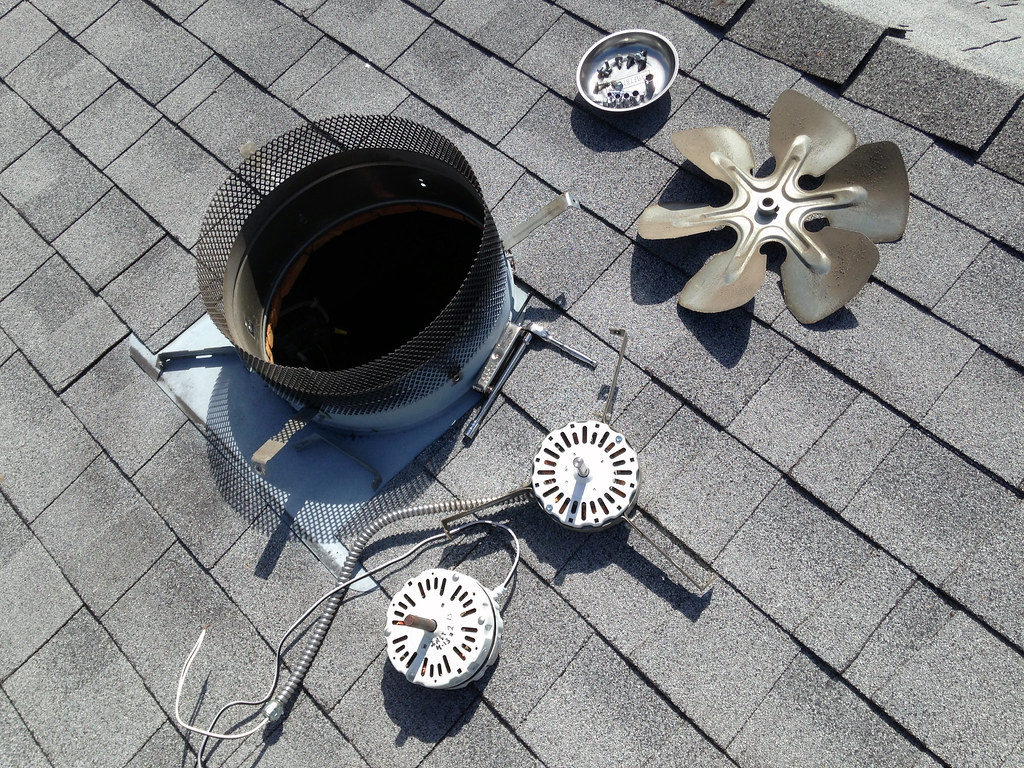
When setting up an attic fan, it’s essential to select the right type for your home and ensure proper maintenance for optimal performance.
Selecting the Right Attic Fan
Selecting an appropriate attic fan contributes to both home design and energy efficiency.
One should consider the fan’s size in relation to the attic space and the ventilation needs.
For instance, attic ventilators come in different types, such as electric-powered, solar-powered, and turbine fans, each suited for specific scenarios.
Additionally, the type of attic insulation present affects how much cooling the attic fan must provide.
Proper Installation and Upkeep
Accurate installation and regular maintenance ensure that the attic fan operates effectively and prolongs its lifespan.
During installation, it is critical to:
- Position the fan where it will evenly distribute air.
- Ensure there is adequate venting area to prevent negative pressure.
- Connect to thermostat controls for automatic temperature regulation.
For maintenance, homeowners should:
- Regularly inspect the attic fan for debris or damage.
- Clean fan blades and vents to maintain proper airflow.
- Check electrical connections and replace worn parts as necessary.
Attic Fans in Different Climates

Setting the temperature for an attic fan varies depending on the regional climate.
In hot and humid regions, the goal is to reduce heat build-up and prevent moisture-related issues, whereas in cold and dry areas, the focus is on preventing ice damming and removing cold air that can affect heating systems.
Hot and Humid Regions
In areas with a hot and humid climate, attics can reach extremely high temperatures, which not only impacts the cooling load of a home but can also lead to moisture accumulation.
It’s recommended to set attic fans around 90 to 110 degrees Fahrenheit, as suggested by Attics and More.
This helps to reduce heat accumulation and manages moisture that can lead to mold and structural damage.
Cold and Dry Areas
Conversely, in cold and dry regions, moisture levels are typically lower, but poor ventilation can cause a build-up of cold air in the attic, potentially increasing the heating demand.
To combat this, the fan’s thermostat should be set lower, around 50 to 60 degrees Fahrenheit during the winter months, to help maintain consistent temperatures and prevent issues like ice dams on the roof.
The fan should not operate as frequently as in hot climates, but instead, strive for adequate air circulation.
Advanced Features and Smart Technology

In the realm of home cooling, advanced features and smart technology have revolutionized the way attic fans operate. They offer greater control and efficiency tailored to one’s specific climate and ventilation needs.
Smart Thermostats and Controls
Smart thermostats provide homeowners with the ability to precisely control attic fan settings through intuitive interfaces. These devices can be set to activate the fan when the attic reaches a pre-determined temperature.
This temperature is often cited to be between 90 and 110 degrees Fahrenheit for optimal balance. Additionally, such controls may be accessible via smartphone, allowing for adjustments on-the-go and real-time monitoring of attic conditions.
Solar-Powered and High-Tech Options
Turning to eco-friendly solutions, solar-powered attic fans are a high-tech option gaining popularity. They harness solar energy to operate, which can lead to reduced electricity costs and a lower carbon footprint.
Solar-powered attic fans are particularly beneficial in sunny climates where they can operate at peak efficiency. Furthermore, these fans contribute to a home’s overall ventilation system, working in concert with other cooling elements to maintain a comfortable and energy-efficient environment.
Preventing Common Issues
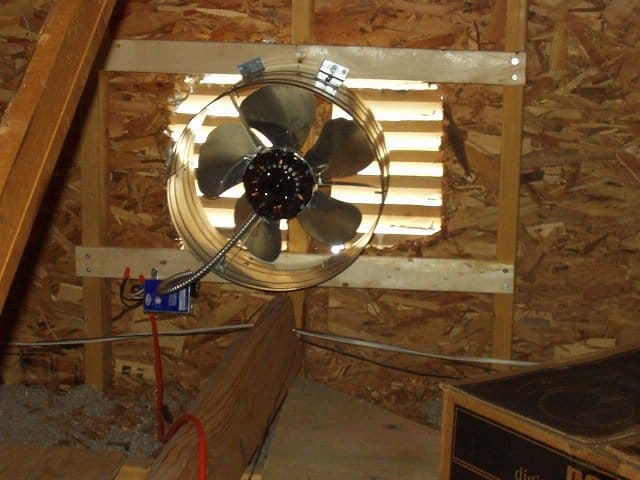
Proper attic fan settings are crucial not only for energy efficiency but also for preventing humidity-related complications and structural damage to the roof.
Moisture and Mold Control
Controlling attic humidity is essential to prevent mold and mildew growth. Attic fans should be adjusted to maintain a relative humidity level below 50%, as high humidity can lead to mold proliferation.
To maintain proper moisture levels, it may be useful to set up a humidistat. This device precisely regulates the attic’s humidity by turning the attic fan on or off as required.
Preventing Roof Damage
Preventing roof damage is another benefit of optimal attic fan settings. Excessive attic heat can compromise an asphalt roof, reducing its lifespan.
By setting the attic fan thermostat to react to the exterior temperature, one can ensure that the attic fan activates when the attic reaches approximately 100 to 110 degrees Fahrenheit. This temperature setting helps protect the roof from the damaging effects of extreme heat.
Tips for Maximizing Effectiveness
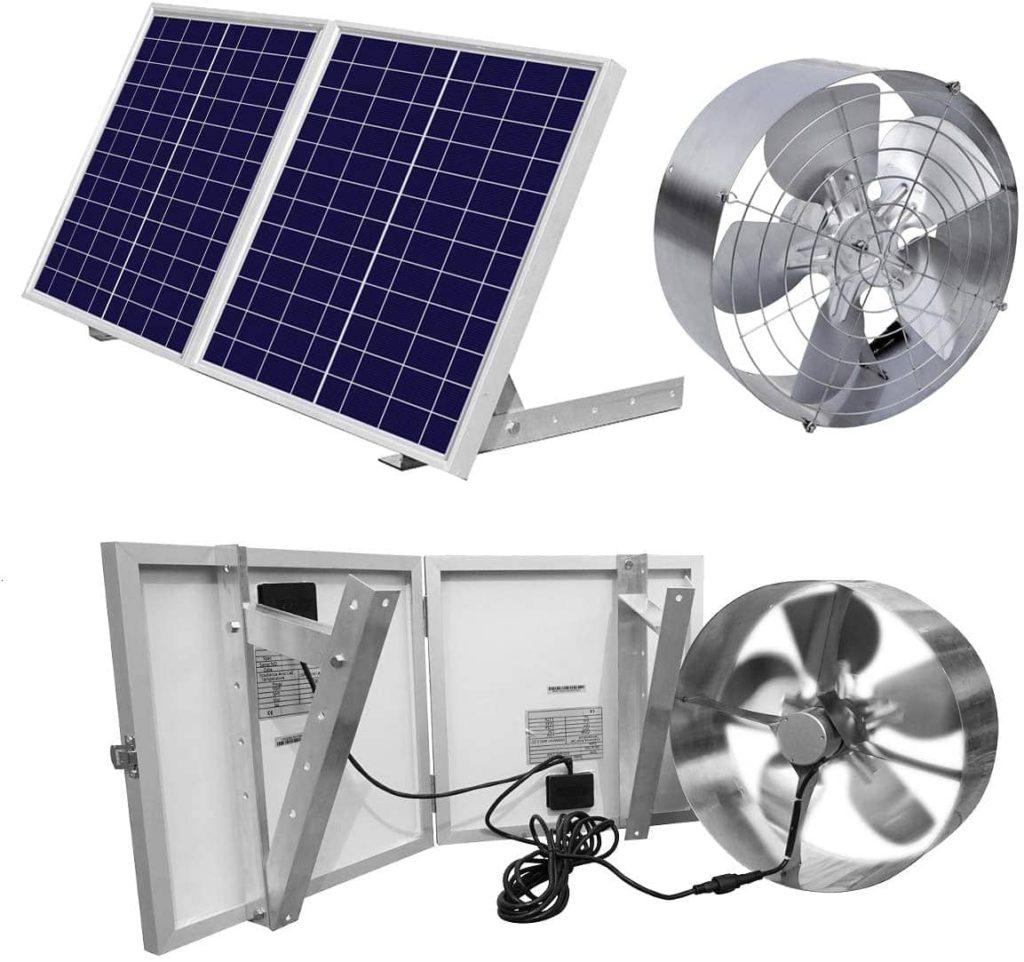
Setting the right temperature on an attic fan is crucial for maintaining an energy-efficient and comfortable home environment. This section breaks down the specifics of best practices for using attic fans and proactive measures to take for ensuring they operate optimally.
Best Practices for Use
It’s recommended to set the attic fan temperature between 90 and 110 degrees Fahrenheit to prevent the attic from reaching extreme heat levels. When the attic’s temperature aligns with this setting, the fan will turn on and begin exhausting hot air, helping to draw in cooler outside air.
This not only helps to lower the temperature within the attic but also contributes to the overall energy efficiency of the home. Proper use includes running the fan during the hottest part of the day, when outside air is cooler than inside, to maximize effectiveness.
Proactive Measures
Regularly assessing the attic’s ventilation areas is a proactive way to maintain the efficiency of an attic fan. Ensuring there is enough venting space facilitates the proper circulation of air, allowing the fan to do its job more effectively.
Homeowners should also be proactive in setting their humidity levels around 50% to aid in moisture removal, thus improving overall air quality and protecting the home’s structure. Implementing these measures results in more effective use of attic fans throughout the varying seasons.
Case Studies and Testimonials

In a study conducted by Airflow Academy, homeowners reported a notable decrease in their energy bills after setting their attic fan thermostats to the optimal range of 90 to 110 degrees Fahrenheit. This setting allowed their attic to maintain a temperature close to the exterior climate.
Homeowners reported that this improved home comfort during hot weather conditions.
Homeowners in particularly hot climates have shared testimonials suggesting they experience better results when they set their attic fan temperature slightly higher, at around 115 degrees Fahrenheit. This prevents the fan from operating excessively and extends its lifespan, while still providing adequate ventilation.
| Home Climate | Attic Temperature Setting | Reported Benefit |
|---|---|---|
| Moderate | 100°F | Lower energy costs |
| Hot | 115°F | Extended fan durability |
Several users emphasize the importance of a thermostat that responds well to the set temperature. One user shared a testimony on The Money Pit about discovering their attic fan running below the desired temperature. This indicated a need for a replacement of their thermostat switch — a simple fix that restored efficiency.
Comfort and ease of living are paramount for most individuals. Reviews on Hunker suggest that finding the ideal temperature setting for their attic fan played a critical role in maintaining a pleasant home environment. They reported that with proper adjustments, heat buildup was minimized, leading to a more comfortable living space.

